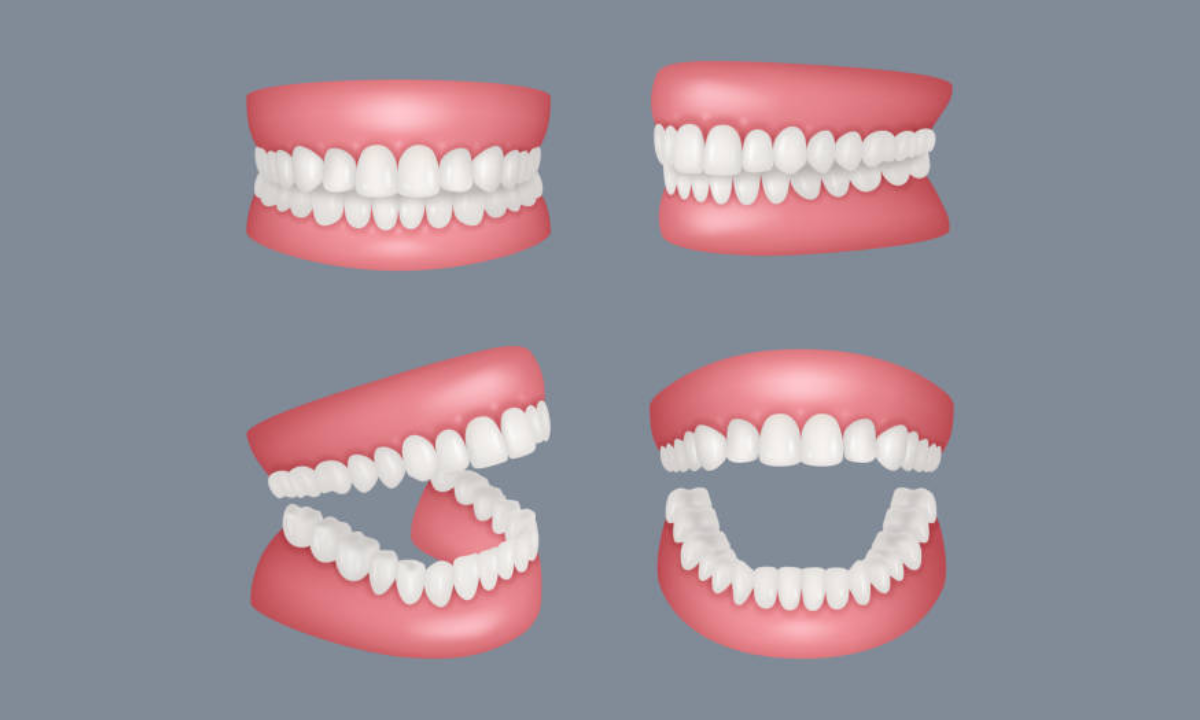Overbites and underbites are common dental issues that affect both the appearance and functionality of the teeth. An overbite occurs when the upper teeth significantly overlap the lower teeth, while an underbite happens when the lower teeth protrude in front of the upper teeth. Both conditions can create difficulties in chewing, speaking, and maintaining proper oral hygiene. Left untreated, these bite problems may lead to jaw pain, tooth wear, gum disease, and even temporomandibular joint (TMJ) disorders.
If you’re based in Whitefield and are looking to correct these issues, visiting an orthodontist in Whitefield or a dentist in Whitefield is a great step toward restoring both function and aesthetics. Whitefield has a range of dental clinics equipped with the latest technology and expert professionals who can offer personalized treatment plans.
In this article, we will take an in-depth look at the orthodontic approaches to correcting overbites and underbites, why it’s important to address these issues early, and what you can expect from your local dental clinic in Whitefield. Whether you are looking for a long-term solution for yourself or exploring options for your child, this guide will provide valuable insights.
Understanding Overbites and Underbites
Overbite refers to the vertical overlap of the upper teeth over the lower teeth. In a normal bite, a small amount of overlap is natural. However, in the case of a deep overbite, the upper teeth may cover too much of the lower teeth, leading to issues such as:
- Tooth wear or enamel damage
- Jaw discomfort or pain
- Difficulty in speaking or chewing
An underbite, on the other hand, occurs when the lower jaw juts out further than the upper jaw. This can result in:
- Problems with chewing and biting
- Speech difficulties
- Increased risk of jaw strain or joint problems
These bite issues are usually caused by a combination of genetic factors, habits like thumb sucking, prolonged bottle feeding, or injuries that affect jaw alignment.
The Importance of Early Diagnosis
For children, it’s ideal to detect and treat overbites or underbites at an early age, typically between 7 and 12 years old. During this phase, the jaw is still growing, making it easier to guide the bones into the proper position with orthodontic treatment. Early intervention can prevent more serious dental issues later in life and often results in shorter treatment periods.
For adults, bite correction is still possible, but it may require more advanced treatment approaches such as jaw surgery or more extensive orthodontic care.
Orthodontic Treatment Options
When you visit an orthodontist in Whitefield, they will assess the severity of your overbite or underbite and recommend an appropriate treatment plan. Here are some common methods used to correct these bite issues:
1. Traditional Braces
Braces are the most common and effective treatment for both overbites and underbites. Metal or ceramic brackets are attached to the teeth and connected with wires, which apply gentle pressure over time to move the teeth and align the jaw. Braces are highly effective, though they may take several months to years to correct severe bite issues.
2. Invisalign or Clear Aligners
For those who prefer a more discreet option, Invisalign aligners are clear, removable trays that gradually shift the teeth into place. These aligners are particularly popular among adults and teens as they are nearly invisible and can be taken out for eating and cleaning. Invisalign is often used for mild to moderate overbites and underbites but may not be suitable for severe cases.
3. Surgical Correction
For adults with significant bite issues or structural jaw problems, orthognathic (jaw) surgery may be recommended. This procedure is done in conjunction with braces or aligners to reposition the jaw, correcting both the bite and facial aesthetics. Jaw surgery is often a last resort when other orthodontic treatments cannot achieve the desired result.
4. Retainers
After the braces or aligners are removed, retainers are often used to maintain the new position of the teeth and prevent relapse. Wearing a retainer is a crucial step in ensuring the long-term success of the treatment.
5. Functional Appliances
For children and teens, orthodontists may use functional appliances like palatal expanders or headgear to guide the growth of the jaw and teeth. These devices are particularly effective when used during developmental years to correct misalignment early.
Finding the Right Dental Care
When searching for an orthodontist or a dentist near you, it’s important to consider several factors:
- Experience and Qualifications: Choose a dental professional with a strong background in orthodontics and a proven track record of successful treatments.
- Technology: Opt for a dental clinic equipped with modern technology, such as digital X-rays and 3D imaging, which can make diagnosis and treatment more accurate.
- Patient Reviews: Look for reviews or testimonials from previous patients to get an idea of the clinic’s reputation and quality of care.
- Consultation: A good orthodontist will offer an initial consultation where they explain your treatment options, estimated costs, and expected timeline.
Whitefield offers a number of top-tier dental clinics with specialists who can help correct your bite and restore your smile. Many patients have reached out to Growing Smiles Dentists, and have experienced good results.
Long-Term Benefits of Correcting Overbites and Underbites
Correcting an overbite or underbite provides a range of long-term benefits beyond just a straighter smile. These include:
- Improved Dental Health: Proper alignment reduces the risk of tooth decay, gum disease, and abnormal tooth wear.
- Enhanced Facial Aesthetics: Correcting the bite can improve the balance of your facial features, particularly the jawline and chin.
- Better Functionality: A well-aligned bite makes chewing, biting, and speaking more efficient and comfortable.
- Increased Confidence: A beautiful, healthy smile can significantly boost your self-esteem and confidence in social situations.
Conclusion
Whether you’re dealing with an overbite or underbite, seeking professional help from a dentist in Whitefield can be the first step to improving both your dental health and quality of life. Early diagnosis and treatment can prevent more complex issues down the line, making it essential to address these problems as soon as possible.


